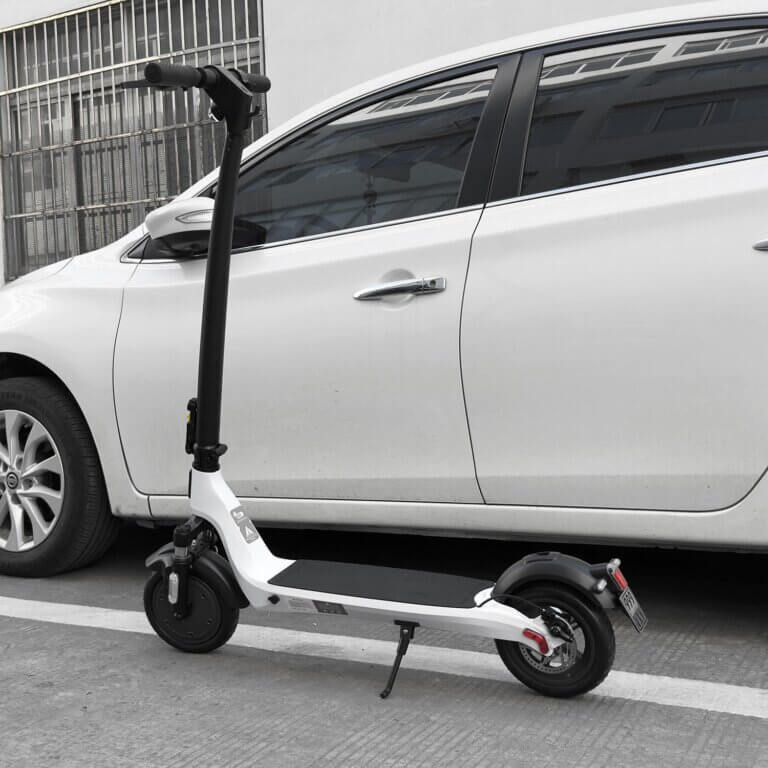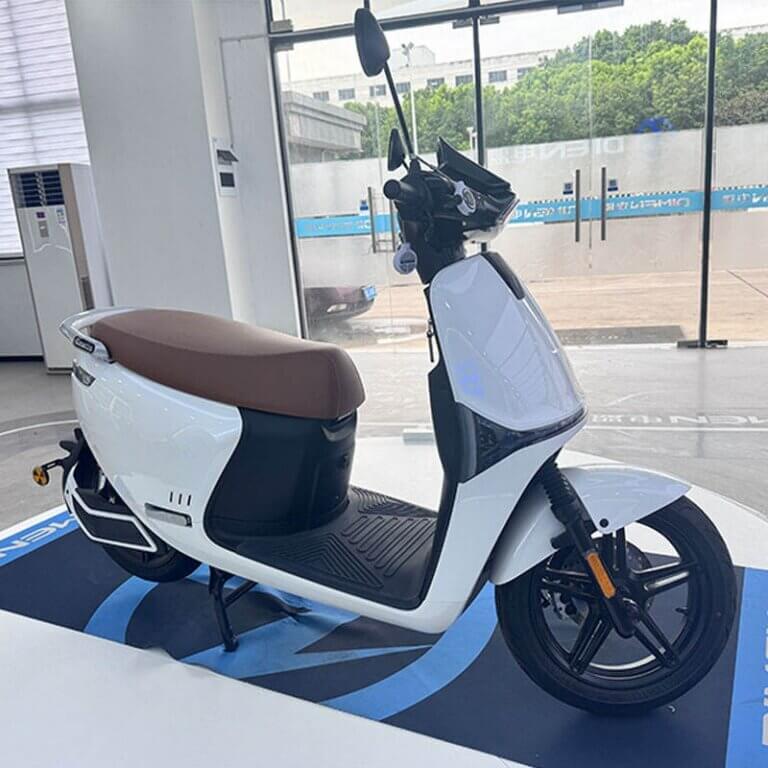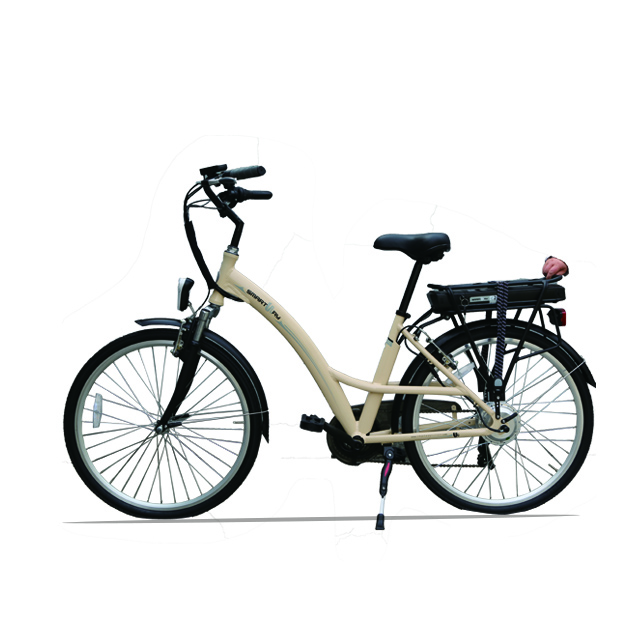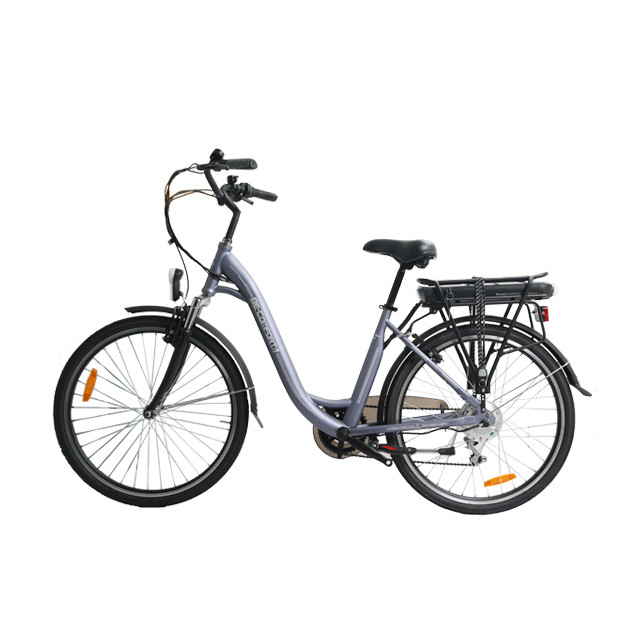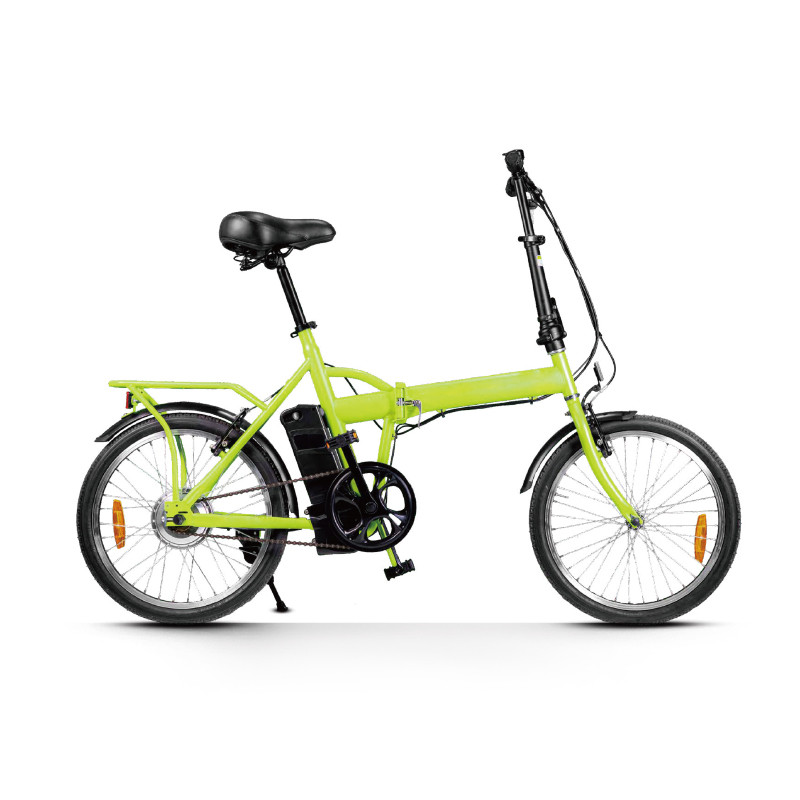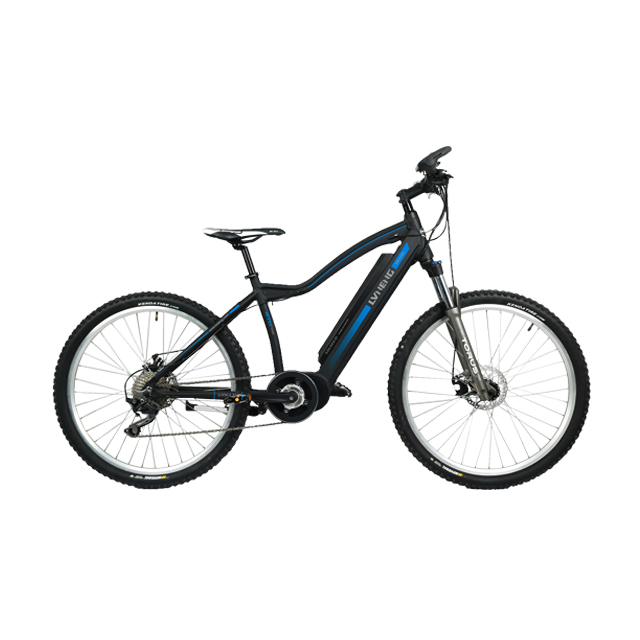-
414 Block B, ZT Times Plaza, Wuhan, Hubei, China
Blog
What To Do If An e-Scooter Won’t Turn On
Summary
E-scooters are a popular mode of urban transportation, offering a convenient and eco-friendly way to navigate cities. However, many users encounter issues when their e-scooters fail to turn on, leading to frustration and potential delays in travel. Understanding the common reasons for this malfunction is crucial for users, as it enables them to troubleshoot effectively and maintain their vehicles in optimal condition. Problems may stem from mechanical failures, faulty batteries, electrical issues, or even simple oversights such as an activated kill switch.
Notably, battery-related issues are among the most frequent culprits, including failure to hold a charge or physical damage to the battery itself. Additionally, electrical components such as controllers and wiring can malfunction, often requiring users to check for error codes or continuity in connections. Mechanical problems, like worn brake pads or flat tires, also contribute to a scooter’s inability to start, emphasizing the importance of regular maintenance.
The troubleshooting process involves several steps, starting with basic checks like ensuring the power button is activated and the throttle and brakes are functioning properly. Users are encouraged to inspect batteries, chargers, and wiring for any signs of damage or disconnection, as these can significantly impede the scooter’s functionality. If these steps do not resolve the issue, deeper diagnostics may be necessary, including voltage tests and inspections of the motor.
For those who find their e-scooter still unresponsive after attempting troubleshooting, seeking professional help is recommended. Signs of complex issues, such as persistent motor failure or electrical malfunctions, warrant the expertise of a qualified technician. As e-scooters continue to grow in popularity, awareness of these common issues and their solutions is vital for ensuring a smooth and reliable riding experience.
Common Reasons for E-Scooter Malfunctions
E-scooters can experience a variety of issues that prevent them from starting or functioning properly. Understanding these common problems can aid users in troubleshooting and ensuring a smooth riding experience.
Mechanical Failures
Mechanical components can also lead to malfunctions. Issues such as worn brake pads, flat tires, or power transmission failures can affect the performance of the scooter. For instance, if the motor runs but the wheels do not move, it may indicate a problem with the freewheel clutch or belt mechanism. Regular maintenance of mechanical parts can help prevent these issues.
Faulty Battery
One of the primary reasons an e-scooter may not turn on is a faulty battery. Symptoms of a failing battery can include visible damage such as swelling or leakage, unusual smells, and strange noises like hissing or cracking sounds. Batteries can also fail to hold a charge, take an unusually long time to charge, or lose charge rapidly. Regular inspections for signs of wear and maintaining the battery charge between 40-60% are crucial for longevity.
Electrical Issues
Electrical components such as the controller and wiring can also be culprits. A malfunctioning electric scooter controller can lead to erratic behavior or complete failure to start. Users should check for error codes, measure voltage and continuity, and inspect wiring connections for damage or corrosion. Problems with the throttle, including incorrect resistance values, can impede the e-scooter’s functionality.
Charger and Charging Port Problems
The charger and charging port can present significant challenges if they are faulty. Common issues include damaged wires, a malfunctioning charger, or a defective charging port. Ensuring that the wall outlet works, checking the charger indicators, and examining the wiring for burns or corrosion are essential steps to take when troubleshooting charging issues.
Kill Switch Activation
Some e-scooters come equipped with a kill switch, which can inadvertently be left on, preventing the scooter from starting. Users should always check if the kill switch is activated and turn it off before attempting to start the scooter. Understanding these common reasons for e-scooter malfunctions can help users troubleshoot issues effectively and maintain their devices for optimal performance.
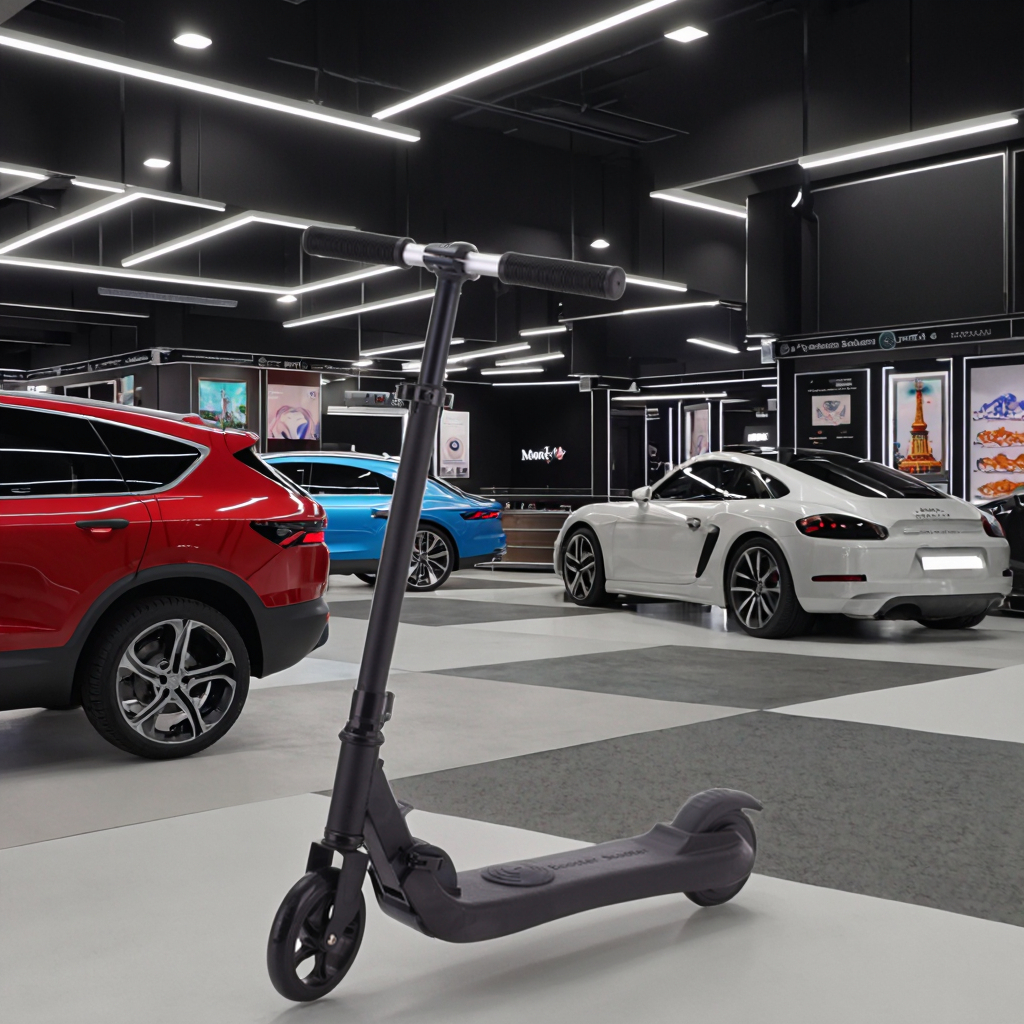
Troubleshooting Steps
When an electric scooter fails to turn on, several troubleshooting steps can help diagnose and potentially resolve the issue.
Initial Checks
Power Button and Safety Features
Begin with the basics: ensure that the power button is activated. It may sound trivial, but confirming that the power switch is turned on can save time. Additionally, check that the throttle and brakes are functioning correctly; locked brakes or an engaged throttle can prevent the scooter from starting.
Inspect the Battery and Charger
Next, check the battery and charger. Ensure all connections are secure and inspect the charger for visible damage, such as frayed wires or loose connections. Plug the charger into a known working outlet and listen for any sounds indicating that it is functioning. Look for an indicator light on the charger to confirm it’s operational.
Visual Inspection
External Damage
Conduct a thorough visual inspection of the scooter. Look for any obvious damage, such as frayed, cut, or exposed wires, particularly around joints and connectors. Inspect the charging port for debris or damage and check the battery pack for any signs of swelling or other issues.
Kickstand and Brake Lever
Ensure the kickstand is fully retracted and the brake levers are not engaged. Safety switches can prevent accidental acceleration and might inhibit startup if misaligned or stuck.
Fuse Check
Locating and Inspecting the Fuse
Locate the scooter’s fuse, typically found in a fuse box near the battery compartment or controller. Remove the fuse and visually inspect the thin wire inside. A broken or melted wire indicates a blown fuse. For confirmation, a fuse tester can be used, though a visual check is often sufficient.
Replacing the Fuse
If the fuse is blown, it is crucial to replace it with one of the exact same amperage rating, as using a higher amperage can damage the scooter’s electrical system. Replacement fuses can usually be found at auto parts stores or online.
Deeper Diagnostics
Testing the Battery Voltage
If previous steps do not resolve the issue, test the battery voltage using a multimeter set to DC voltage. Connect the red lead to the positive terminal and the black lead to the negative terminal. A significantly low reading suggests a dead battery, while a reading close to the nominal voltage indicates that the battery may be functioning properly.
Inspecting the Motor
Spin the scooter’s wheels to check for any resistance, which might indicate motor issues. Additionally, examine the motor’s cables for damage or disconnection. If comfortable, inspect inside the motor housing for debris or corrosion that could be affecting performance.
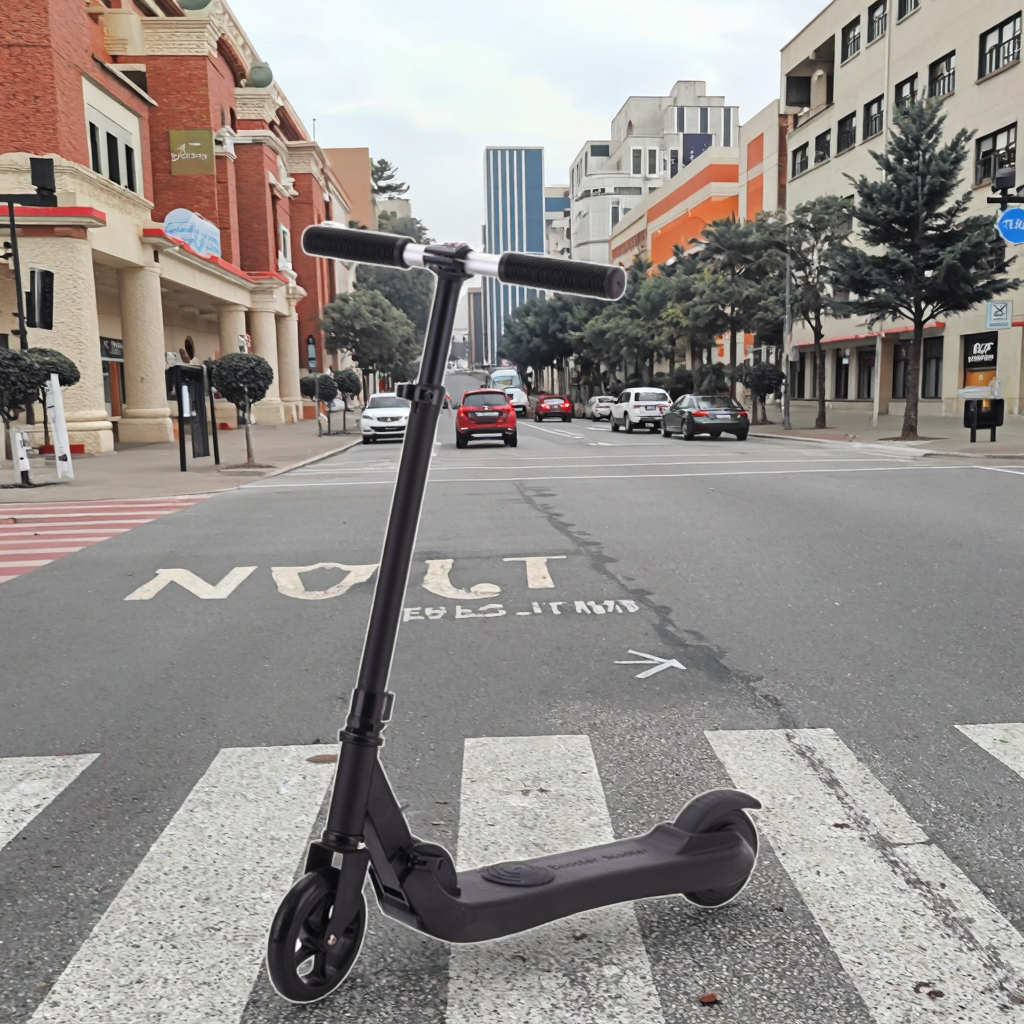
Preventive Measures
Preventive maintenance is essential to ensure that your electric scooter remains in good working condition and to avoid issues that could prevent it from turning on. By adopting a regular maintenance routine and taking proactive steps, users can significantly reduce the likelihood of encountering problems with their scooters.
Regular Inspections
It is advisable to inspect your scooter regularly for any signs of wear, loose wires, or debris that could interfere with its operation. Specific areas to check include the battery, cables, and connectors, as these components are critical for the scooter’s functionality. Additionally, inspecting the appearance of the battery for any signs of swelling, bulging, or leakage is important for safety reasons.
Cleaning and Maintenance
Keeping moving parts and connectors clean helps prevent dirt buildup, which can lead to operational issues. Users should make it a habit to clean their scooters after rides, especially in adverse conditions where mud or debris may accumulate. Regular check-ups and cleanings are considered best practices to maintain performance and extend the lifespan of the scooter.
Proper Storage
Storing your electric scooter in a dry and ventilated area can help protect it from water damage and other environmental factors that might hinder its performance. Users should also aim to maintain the battery charge between 40-60% during long-term storage to preserve its longevity.
Charging Practices
To prevent battery damage, it is essential to charge responsibly. Users should avoid overcharging by unplugging the scooter once it reaches approximately 90% of its total battery capacity. It is also recommended not to allow the battery to discharge completely before recharging, as this can significantly compromise its lifespan. By following these preventive measures, electric scooter users can enhance their riding experience and minimize the chances of their scooters failing to turn on when needed.
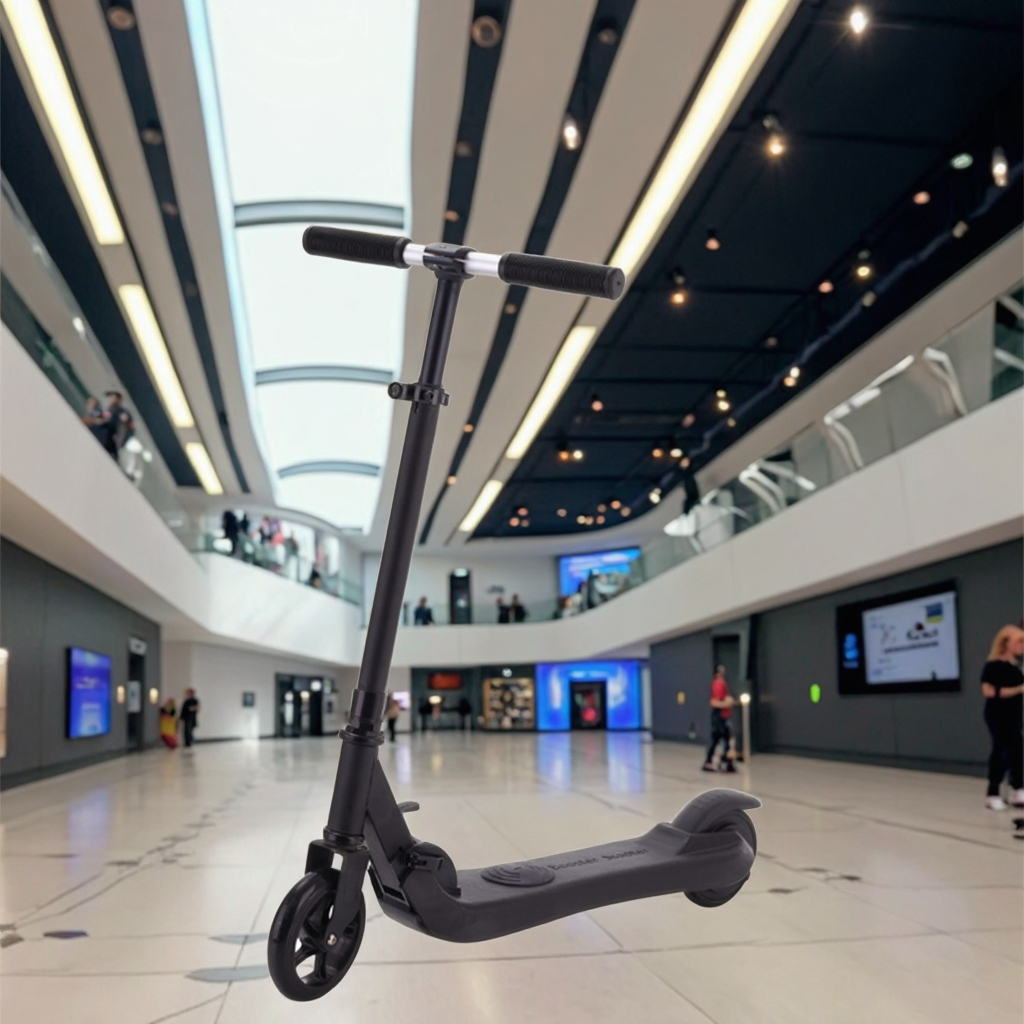
When to Seek Professional Help
If you find that your electric scooter refuses to turn on despite attempting basic troubleshooting methods, it may be time to consult a professional technician. Common reasons for a scooter not turning on include a depleted battery, a faulty charger, blown fuses, or controller malfunctions. While some issues can be resolved with simple fixes, certain signs indicate a deeper problem that requires expert assistance.
Signs You Can’t Fix Alone
There are specific indicators that suggest your scooter issue is too complex for a straightforward fix.
- Persistent motor failure: Ongoing motor issues may point to a significant underlying problem that needs specialized intervention.
- Electrical system problems: Symptoms such as flickering lights or unusual behavior in the scooter’s electrical components should be addressed by a professional.
- Unusual noises: Strange sounds during operation can signify mechanical issues that require expert evaluation.
- Overheating: Excessive heat generated during use is a critical warning sign that demands immediate professional attention.
Finding a Reliable Repair Service
When seeking professional help, it’s crucial to choose a reliable repair service for your scooter.
- Look for authorized providers: Select technicians endorsed by reputable brands like Pride Mobility, as they are more likely to provide quality service.
- Read reviews and testimonials: Customer feedback can give you insight into the service quality and reliability of the repair provider.
- Ask about their processes: A trustworthy service should conduct regular checks and maintain detailed records of maintenance activities.
- Check their turnaround times: Some services, like Mobility City, are known for their quick repair turnaround, helping you get back on the road sooner.





